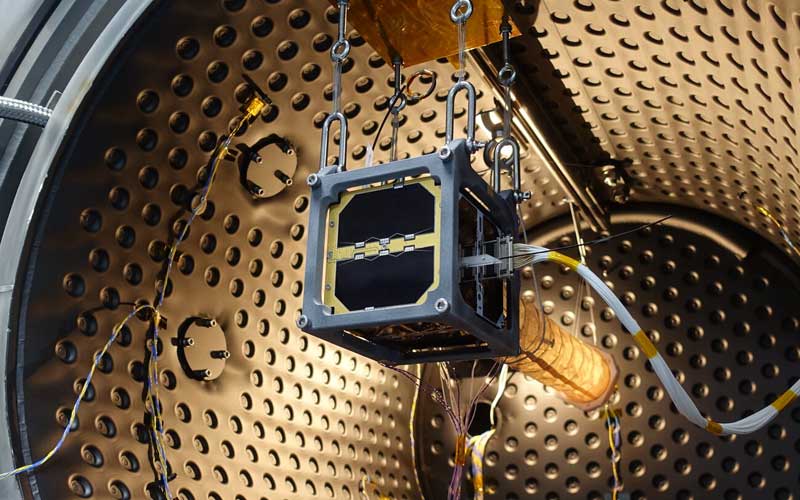
The European Space Agency has published a call for the development of disruptive satellite propulsion systems that are capable of deorbiting cubesats.
Cubesats were first conceived by Bob Twiggs, a Stanford University professor, in the late 1990s to allow his students to build and potentially launch a satellite project in a short timeframe before they graduated and moved on.
The first cubesat was launched in June 2003. Since then, thousands of these small satellites have been launched into space, and thousands more are expected to join them before the end of the decade.
As a result of the simple design of cubesats, these satellites generally feature limited propulsion capabilities. This often means that active disposal of cubesats isn’t possible, leading them to remain in orbit for potentially several years until their orbits naturally decay, at which point they will re-enter Earth’s atmosphere and burn up.
In a call published on 29 August, ESA proposed the development of disruptive propulsion solutions to actively deorbit cubesats. These solutions must be capable of deorbiting up to a 12U cubesat, with mass and power consumption compatible with a 6U to 12U cubesat. The proposed propulsion systems can be chemical or electric, provided they utilize inert or low-reactivity propellants.
Winning bids will be required to develop any proposed solution to the prototype phase and conduct an endurance test of 200 hours on a single thruster.




